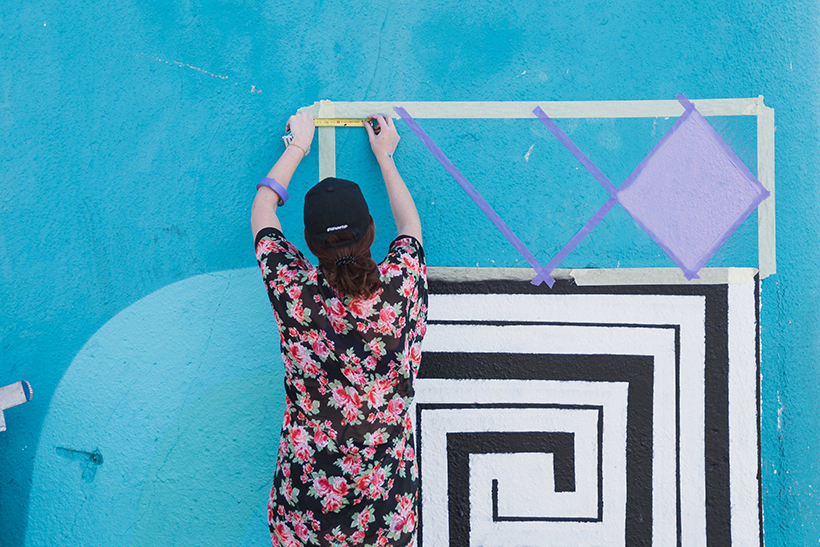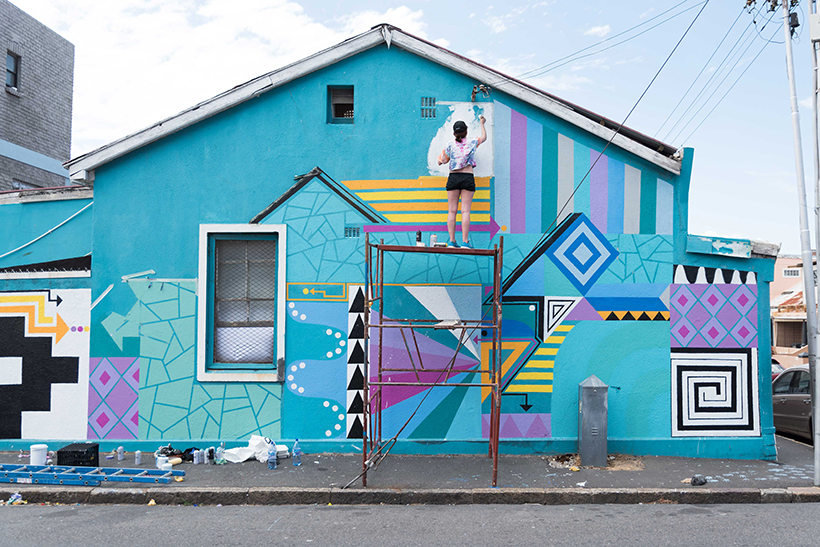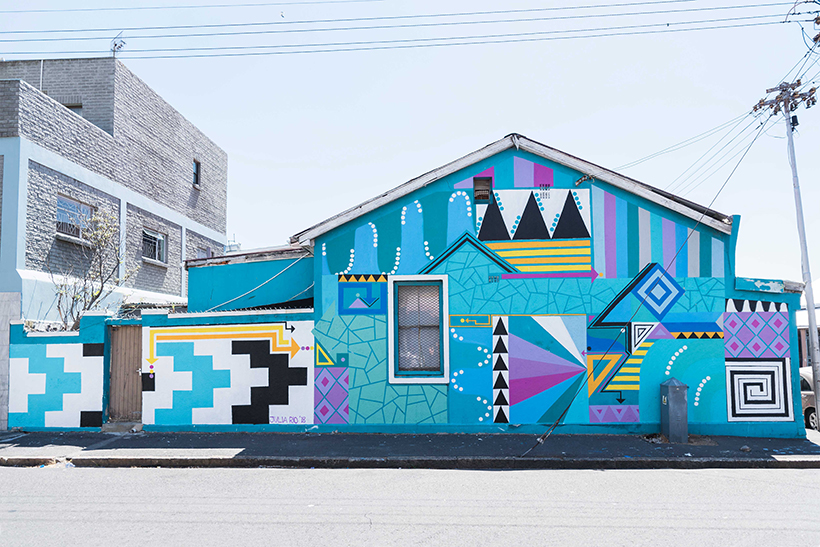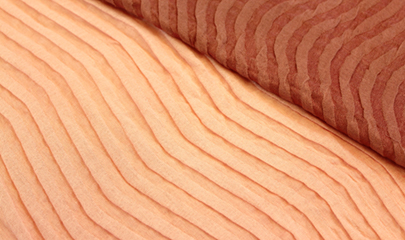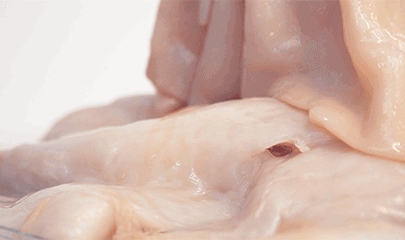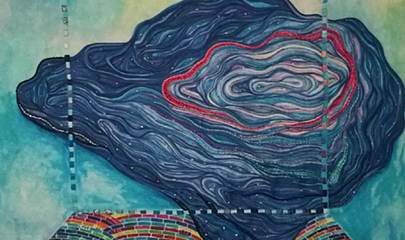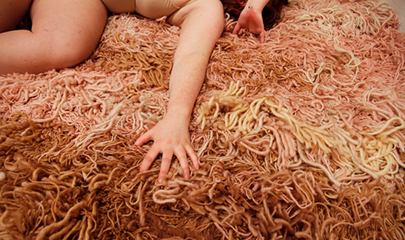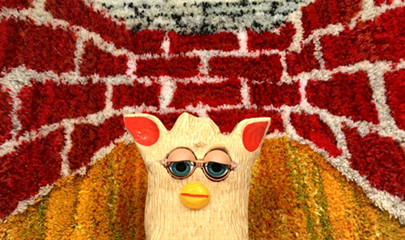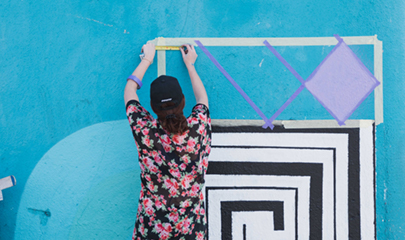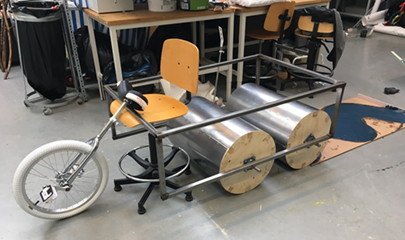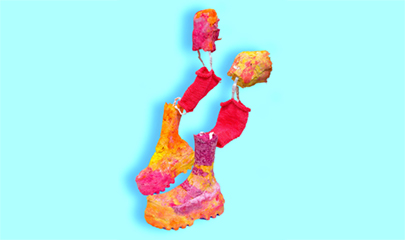Textiles and its craft have gone from being taken for granted to now attracting users and practitioners from many artistic fields—not the least within fine arts. In our education it’s not a trend, it’s a meeting point and subject for discussion. The interests and needs are not surprising. In a time when nature and time-consuming practices can actually seem subversive, textiles make up the glue that help us to overcome these broken nodes and open up the chance to meet again.
In the Bachelor’s programme in Textiles, we cross the practice of textile craftsmanship with an experimental critical thinking and extended understanding of artistic processes. Established textile identities emerge, that have deepened their different inputs and methods for their expressions. In this year’s graduation heaven, our stars shine—Some create their own material, others form surfaces while others are telling stories or creating spatial choreographies. What they have in common is an interest in an alternative form of expression and materiality based on a sensitivity to the choices and the processing that has been made.
It is staggering to let your mind wander through the development of textile’s history. Or should we say, textile as a companion to man? For thousands of years, the development has continued and pushed for the need for various technical aids. Our ancestors created flags, clothes that can withstand battle and days of escape, machines and innovations were being made. But central are still the relationship and the dialogue between the hand, the thought and the fibers – and this work continues onward and is highly relevant amongst our textile students.
Åsa Cederqvist
Senior Lecturer
Textilen och dess hantverk har gått ifrån att tas för given till att nu locka till sig brukare och praktiserande från många konstnärliga fält – inte minst den fria konstens. På vår utbildning är det ingen trend, det är en mötespunkt och ämne för diskussion. Samtidens intresse och behov är inte förvånande. I en tid då mötet med natur och tidskrävande göromål faktiskt kan verka subversivt bygger det textila upp det lim som kanske kan hjälpa oss att brygga över dessa kapade noder och öppna upp för att mötas igen.
På kandidatprogrammet Textil korsar vi praktiserandet av textila hantverkstekniker med ett experimenterande, kritiskt tänkande och utvidgad förståelse av konstnärliga processer. Ut kommer grundade textila identiteter som har fördjupat olika ingångar och metoder för sina uttryck. På årets avgångshimmel blinkar våra stjärnor – vissa har skapat egna material, andra formar ytor och ytterligare andra berättar berättelser eller skapar rumsliga koreografier. Gemensamt glöder ett intresse för en alternativ form av uttryck och materialitet, som bygger på en känslighet inför de val och den bearbetning som gjorts.
Det är svindlande att i tanken följa det textila hantverkets utvecklingshistoria. Eller skall vi säga textilens vara som följeslagare till människan? Att finnas nära, skydda, värma, dekorera, att bära i, att signalera genom. I tusentals år har utvecklingen pågått och drivit fram behovet av olika tekniska hjälpmedel. Våra förfäder skapade flaggor, kläder som tål strid och dagar på flykt, och det har uppfunnits maskiner och innovationer. Men centralt är fortfarande relationen och dialogen mellan handen, tanken och fibrerna – och detta arbete fortsätter framåt och är högst aktuellt bland våra studenter på Textil.
Åsa Cederqvist
Lektor
